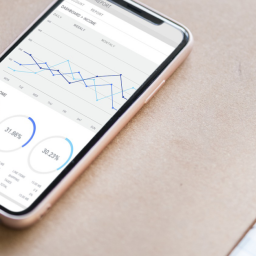
Usability Testing for Online Retail Systems
The objective of a majority of internet sites is to get the user to make a purchase. It is, after all, why your business has a website (though it might fulfil other functions as well). In view of this fact it is vital that the e-commerce usability of your site is optimised to ensure maximum pull-through and conversion. E-commerce usability testing is a critical component in achieving the highest and most effective standards of operation.
This form of usability testing can be used to evaluate several important aspects of your site’s e-commerce functionality. The critical ones are:
- Checkout usability
- Search usability
- Mobile usability
- Homepage usability
- Category usability
- Product list usability
Checkout Usability
This is, obviously, an absolutely vital factor for your site. Potential buyers often abandon at this point if it is not clear how to proceed or they are not confident they are buying what they thought at the price they thought they were purchasing. Features such as validation error messages and field marking to indicate required and optional input and generally making sure input requirements and capture are clear, can all be tested in this process.
Search Usability
How well does the search function work on your site. Is it intuitive, natural and easy to use? And, once it has delivered results are those results what should be expected: are they grouped in helpful, logical order; do they update and dynamically represent themselves when a single criterion (eg colour) is changed; do they include what the searcher has asked for or do they deliver all kinds of extraneous items that just confuse? All of these – and other elements – should be tested; a high percentage of users will abandon their search if the facility doesn’t deliver what they are looking for quickly.
Mobile Usability
As more and more users access sites through smartphones and tablets, this aspect assumes greater criticality. As this trend is likely to persist and develop you need to give special attention to this aspect. How does your site perform on a mobile platform; does it approximate functionality on your main site or does it fall way short? You can gauge user expectation from usability testing this performance and comparing actual with expected functionality.
Homepage Usability
Often the most important page on your site, how this looks and works can determine whether the viewer proceeds or quits out. Test out which features users want there and what they find simply confusing or distracting. There is a temptation to throw everything onto the homepage in an attempt to present all your products or choices. Resist this and focus on what really attracts and helps the user/customer. Usability testing can help you identify what these elements might be.
Category Usability
When you categorise or group items on your site make sure the classifications are useful and logical to the buyer. Don’t be driven by internal distinctions – just because you have departments that deal with specific groups doesn’t mean users associate or buy them in the same way. If research tells you that buyers purchase particular items together or identify them as similar or associated don’t dismiss this because it doesn’t fit with your organisational view of the architecture. Explore customer decisions and what lies behind them to optimise your functionality.
Product Listing
The information you feature in product listings is critical to user purchase. Discover what types of information attracts and converts visitors and incorporate them into your listings. Get rid of the superfluous and make your listings lean and effective in converting to sales.
If you would like to discuss any aspects of e-commerce usability please contact us today on +44(0)800 0246 247, or email hello@ux247.com .

















